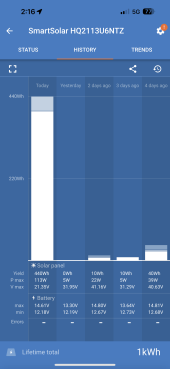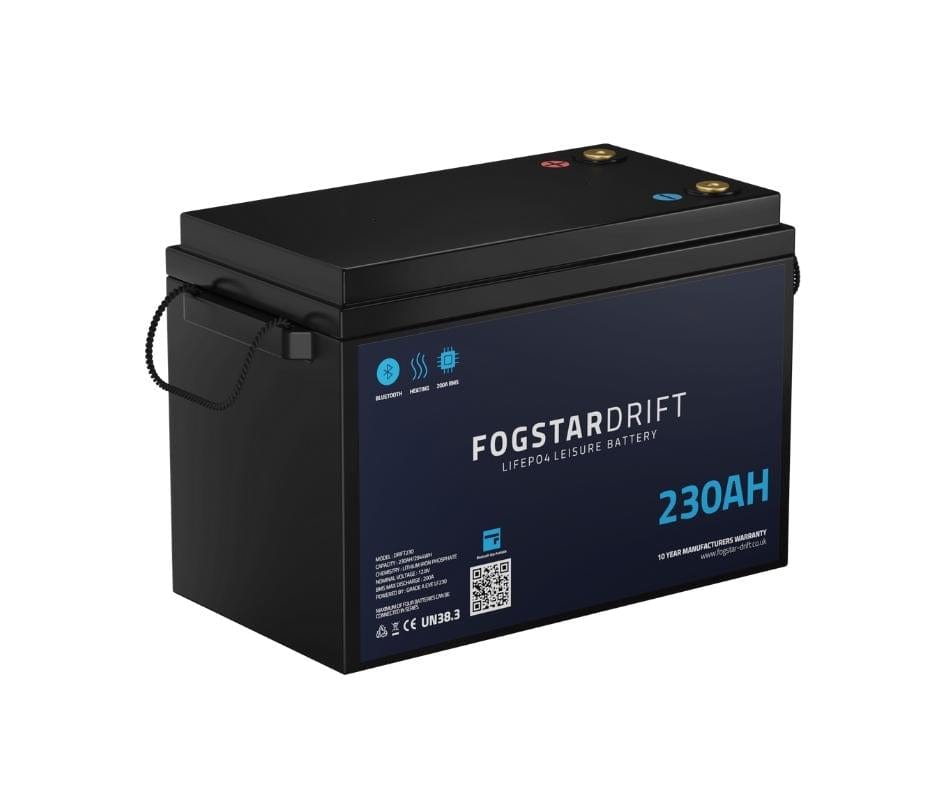Hi all, just posted this on the newbie forum but just realised there’s a marine forum that probably applies more to my circumstances being a houseboat.
I’m currently setting up a solar system on my houseboat and I’m stuck on the mppt charger.
We have two lead acid 130ah batteries and two 36v 260w panels to charge them.
Eventually we’re looking to get a couple more batteries but still use them as 12v, because it being a boat most of what we use is 12v (lights, pumps, etc)
Now, from my research, I think a Tracer BN 40amp is our best bet for the money. Discontinued but still available.
My problem is, 40amp at 12v is only 480w, which makes the system not scalable without either another mppt, or changing to 24v.
Is there a better solution that I’m not seeing?
Also, apparently renogy is a no go because it’s rubbish, I’m told.. victron is prohibitively pricey. And epever apparently is ok..
Are there other options that won’t catch fire and maybe allow me to get 60A or more for not too much money?
And last question. Is there such thing as a two in one inverter/mppt that can output 3000w ac but still charge 12v batteries? Because all I found was crazy high voltages, presumably for very large systems.
Thank you very much in advance!!
I’m currently setting up a solar system on my houseboat and I’m stuck on the mppt charger.
We have two lead acid 130ah batteries and two 36v 260w panels to charge them.
Eventually we’re looking to get a couple more batteries but still use them as 12v, because it being a boat most of what we use is 12v (lights, pumps, etc)
Now, from my research, I think a Tracer BN 40amp is our best bet for the money. Discontinued but still available.
My problem is, 40amp at 12v is only 480w, which makes the system not scalable without either another mppt, or changing to 24v.
Is there a better solution that I’m not seeing?
Also, apparently renogy is a no go because it’s rubbish, I’m told.. victron is prohibitively pricey. And epever apparently is ok..
Are there other options that won’t catch fire and maybe allow me to get 60A or more for not too much money?
And last question. Is there such thing as a two in one inverter/mppt that can output 3000w ac but still charge 12v batteries? Because all I found was crazy high voltages, presumably for very large systems.
Thank you very much in advance!!





